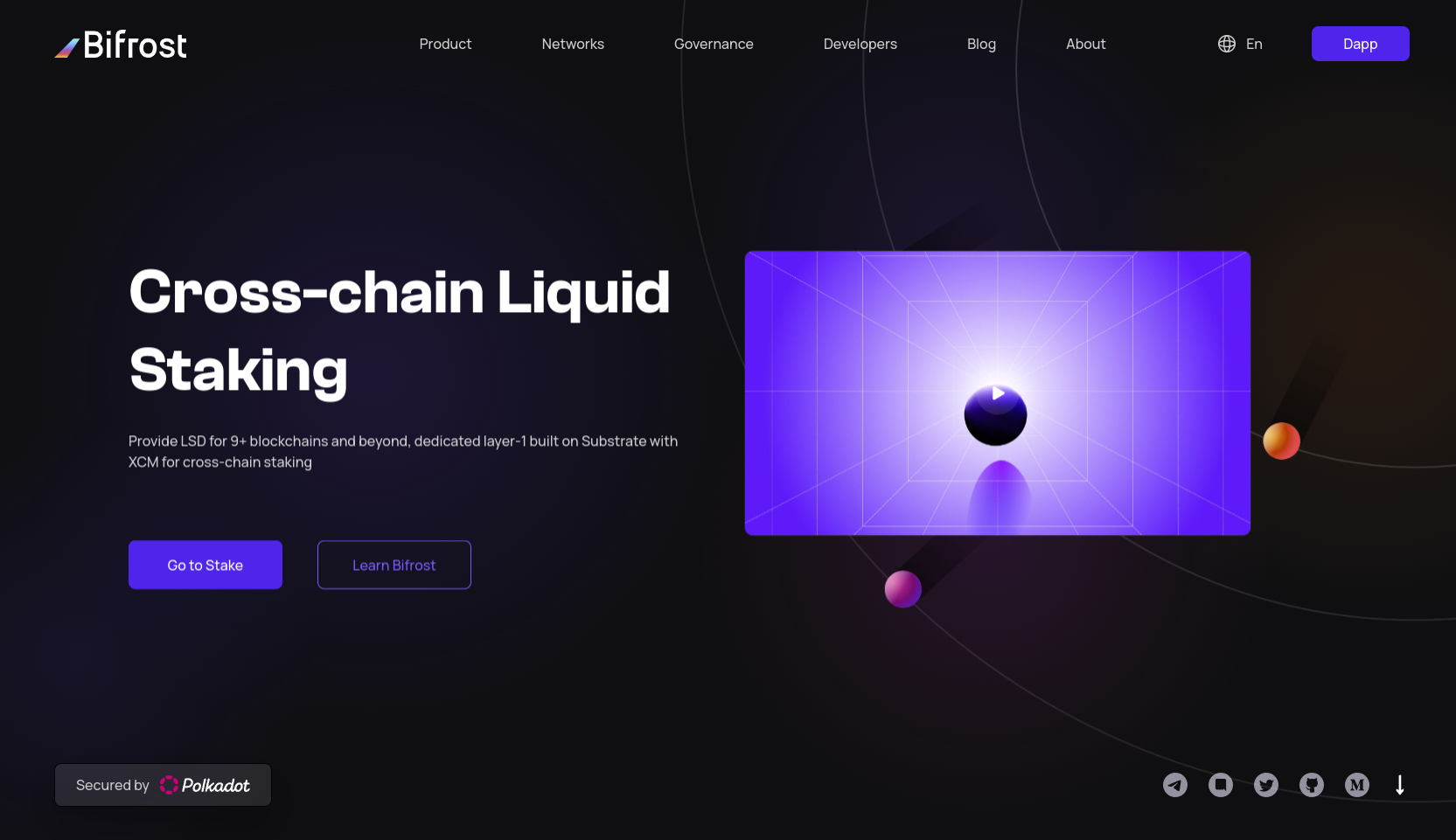
All Polkadot validators have a specific status every era. Validators in Polkadot change status every era, which lasts for 24 hours. They may transition from waiting to active, indicating their selection to participate in block production and consensus. Validators are chosen based on nominations from token holders, with higher staking weight increasing their chances of being selected. This nomination-based process promotes decentralization and community involvement in securing the network. Let's explore the various validator statuses in Polkadot, and shed light on their significance and implications.
Waiting validators, also known as inactive validators, are candidates who have applied to become validators in the next era but have not yet been selected to secure the network. While in the waiting status, these validators continue to bond their tokens and anticipate being selected in the next era to participate actively in the network. One reason why a validator may not have gotten into the active set can be because they simply do not have enough nominations to be selected.
Active validators have successfully passed the selection process of the current era and actively participate in block production and consensus. Active validators are responsible for verifying and validating transactions, proposing and finalizing new blocks, and maintaining the overall security and reliability of the network. These validators must consistently demonstrate their reliability to maintain their active status, and may be removed from the active set the following era if they are not selected again.
Validators can become temporarily offline due to technical issues, network disruptions, or maintenance activities. When a validator goes offline, they are unable to participate actively in block production and consensus. Polkadot's network monitors the availability of validators, and if a validator remains offline for an extended period, they may face penalties or lose their active status. It is crucial for validators to maintain a robust infrastructure and promptly address any connectivity issues to ensure uninterrupted participation.
Slashing is a severe penalty imposed on validators for misbehavior or malicious activities that undermine the network's integrity. When a validator is slashed, a portion of their bonded tokens is permanently confiscated. Slashing can occur for various reasons, such as double-signing blocks, conspiring with other validators, or attempting to manipulate the consensus process. Polkadot's slashing mechanism acts as a strong deterrent against dishonest behavior, ensuring the overall security and trustworthiness of the network.
Chilled validators are validators that have been manually removed from the active set by the network governance or by the validators themselves. Validators may choose to chill themselves to perform updates or maintenance on their infrastructure.
It is essential for stakers to stay informed about the validators they have nominated and regularly monitor their status. By keeping track of your nominated validators, you can ensure that you are supporting reliable and actively participating validators in securing the network. Periodically checking the validators' status allows you to identify any changes, such as transitions from waiting to active or instances of slashing or chilling.
Additionally, for users who prefer an alternative to staking manually, joining a nomination pool can be a viable option. Nomination pools provide a convenient way to delegate the nomination process to experienced pool operators, allowing users to participate in staking and earn rewards without the need for extensive technical knowledge. To learn more about nomination pools and their benefits, you can refer to our guide Nomination Pools Explained.


